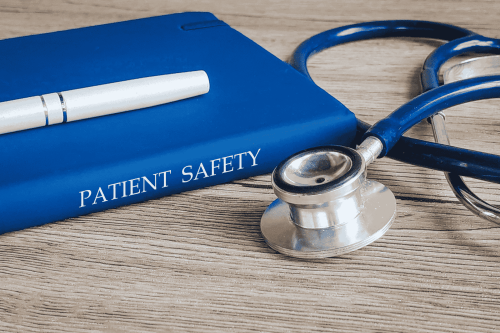The Centers for Disease Control recently published a report titled Today’s Heroin Epidemic that calls attention to a sharp increase in heroin-related overdose deaths in the United States. According to the CDC, the number of deaths almost quadrupled between 2002 and 2013 and usage has increased across a number of demographics.
Heroin use increased across the board for men and women, all income levels and most age groups. The report particularly notes, “some of the greatest increases occurred in demographic groups with historically low rates of heroin use: women, the privately insured, and people with higher incomes.” Specifically, heroin use more than doubled among those aged 18-25 and among non-Hispanic whites over the last decade. Abuse of other substances also increases the likelihood of heroin use: those who abuse alcohol are twice as likely to be addicted to heroin, those addicted to cocaine are fifteen times more likely to use to heroin and those who abuse prescription opioid painkillers are forty times more likely to be addicted to heroin.
In an interview with CNN, CDC Director Dr. Thomas Frieden attributed the alarming increase to two specific factors: “First, more and more people are susceptible to heroin because they have been prescribed prescription opiates, like OxyContin. And the second reason is that heroin itself seems to be cheaper and more widely available.” According to this statement, an increase in prevalence of prescription painkillers can make individuals vulnerable to addiction to heroin as a cheaper and potentially more accessible alternative.
Heroin is becoming cheaper due to an increase in supply and purity. Drug seizure statistics from the Drug Enforcement Association indicate a sharp jump in domestic heroin seizures over the past decade, from about 650 kilograms in 2004 to over 1,000 kilograms in 2014. These numbers illustrate an increase in domestic supply that corresponds with a drop in price that has led to an increase in use and deaths.
Heroin is an opiod derived from morphine. It is typically injected, snorted, sniffed or smoked and works by binding to opiod receptors in the brain to reduce pain and create sensations of euphoria and relaxation that can be highly addictive. Injection itself introduces the risk of viral infections like HIV, Hepatitis C and Hepatitis B, and overdose of the drug can cause slowed and shallow breathing, a drop in blood pressure, heart failure and ultimately death.
The CDC currently advises a three-pronged response to the heroin epidemic. The first step is prevention of use entirely. To this end, the CDC recommends that healthcare providers exercise caution in prescribing painkillers by considering patient history of drug and alcohol use, prescribing the lowest possible effective dose when painkillers are absolutely necessary and connecting patients with substance abuse disorders to the appropriate treatment services.
The second facet of epidemic response involves ensuring that individuals addicted to heroin have access to the appropriate treatment. The CDC advises that states and healthcare providers promote Medication-Assisted Treatment (MAT), which combines the use of medications such as naltrexone with counseling and behavioral therapies. The federal government is currently increasing access to such treatment through the Affordable Care Act, and the CDC encourages states to work with Medicaid and other insurers to increase coverage for MAT.
The final front of combating heroin-related deaths involves emergency reversal of overdose. To this end, the CDC recommends expanding the use of naloxone, a drug that can “reverse the effects of an opiod overdose when administered in time.”
For more information on heroin use and deaths in the United States, see this report on Demographic and Substance Use Trends Among Heroin Users by the CDC.



